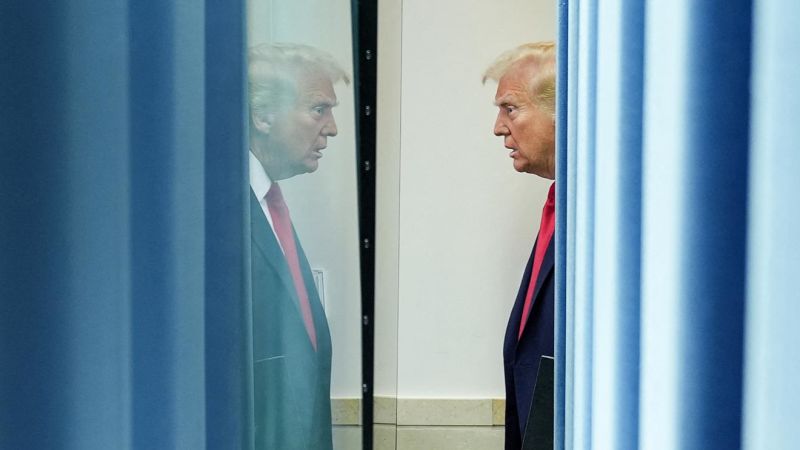Trade War Escalates: Trump Readies Tariff Hammer on North American and Asian Rivals

In a bold move that signals continued trade tensions, President Donald Trump is set to implement sweeping tariffs targeting key economic partners Canada, Mexico, and China this Saturday. The White House confirmed that Trump remains committed to his February 1st deadline, despite potential widespread economic implications.
These new tariffs represent a significant escalation in the administration's trade strategy, potentially reshaping international economic relationships and challenging long-standing trade agreements. Economists and industry leaders are closely watching how these duties might impact global markets, supply chains, and domestic industries.
The announcement underscores the Trump administration's aggressive approach to international trade, emphasizing a "America First" economic policy that prioritizes domestic economic interests over traditional diplomatic considerations. As the tariffs are set to take effect, businesses and consumers alike are bracing for potential ripple effects across multiple sectors.

